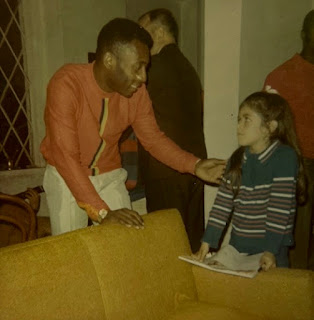A sequence of three books or the aesthetics of the reading lists
As anyone acquainted with film editing or the order in which food and wine should be served knows too well, how you put together words, sounds or pictures is essential to the overall meaning of the whole. Sometimes, syntax is everything. After all, all the colours are already in the rainbow, all the sounds already silently vibrate in the chord of a violin, and all the words may be found in the OED. It is how you put them together that makes the difference.
With this proviso, it is easy to see that the order in which we read macro-blocks of words - also known as books - makes a difference and sometimes a big one in our insights and appreciation. A reading list is not just a list, it is, in film jargon, a sequence, and as such it acquires a sense of its own.
The book-sequence that I have in mind in this blog may seem rather peculiar, but then, sometimes, it is the unexpected juxtaposition of seemingly unrelated elements that represents the pleasant novelty.
Here it is. It starts with Horton Hears a Who!, a 1954 book by Dr. Seuss. It then continues with Flatland: A Romance of Many Dimensions, a 1884 science fiction novel by Edwin A. Abbott, And it ends with Slaughterhouse-Five; or, The Children's Crusade: A Duty-Dance With Death, a 1969 novel by Kurt Vonnegut.
Each book is a gem. All of them are metaphors-against. Each of them is based on a different perspective about the space-time conditions of our lives. From a story on the smallest dimension, to a story of a new dimension in space, to a story on a different dimension in time. Only the sequence is my own.
I won't spoil your pleasure by revealing the plots. So let me add a last comment: one day I'd like to write a piece on the aesthetics of reading lists. Letters (alphabetic order) and numbers (chronological order) are misleading curtains behind which dramatic sequences hide their meaning.
With this proviso, it is easy to see that the order in which we read macro-blocks of words - also known as books - makes a difference and sometimes a big one in our insights and appreciation. A reading list is not just a list, it is, in film jargon, a sequence, and as such it acquires a sense of its own.
The book-sequence that I have in mind in this blog may seem rather peculiar, but then, sometimes, it is the unexpected juxtaposition of seemingly unrelated elements that represents the pleasant novelty.
Here it is. It starts with Horton Hears a Who!, a 1954 book by Dr. Seuss. It then continues with Flatland: A Romance of Many Dimensions, a 1884 science fiction novel by Edwin A. Abbott, And it ends with Slaughterhouse-Five; or, The Children's Crusade: A Duty-Dance With Death, a 1969 novel by Kurt Vonnegut.
Each book is a gem. All of them are metaphors-against. Each of them is based on a different perspective about the space-time conditions of our lives. From a story on the smallest dimension, to a story of a new dimension in space, to a story on a different dimension in time. Only the sequence is my own.
I won't spoil your pleasure by revealing the plots. So let me add a last comment: one day I'd like to write a piece on the aesthetics of reading lists. Letters (alphabetic order) and numbers (chronological order) are misleading curtains behind which dramatic sequences hide their meaning.





Comments
Post a Comment